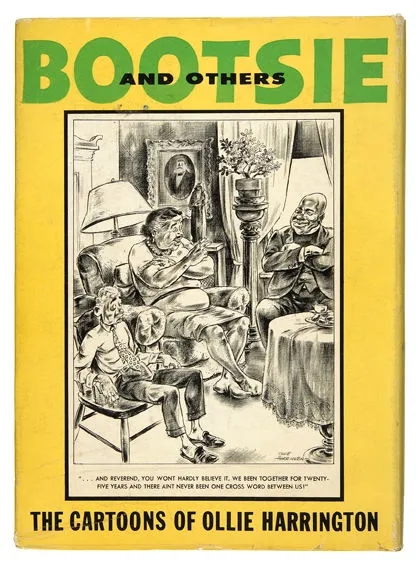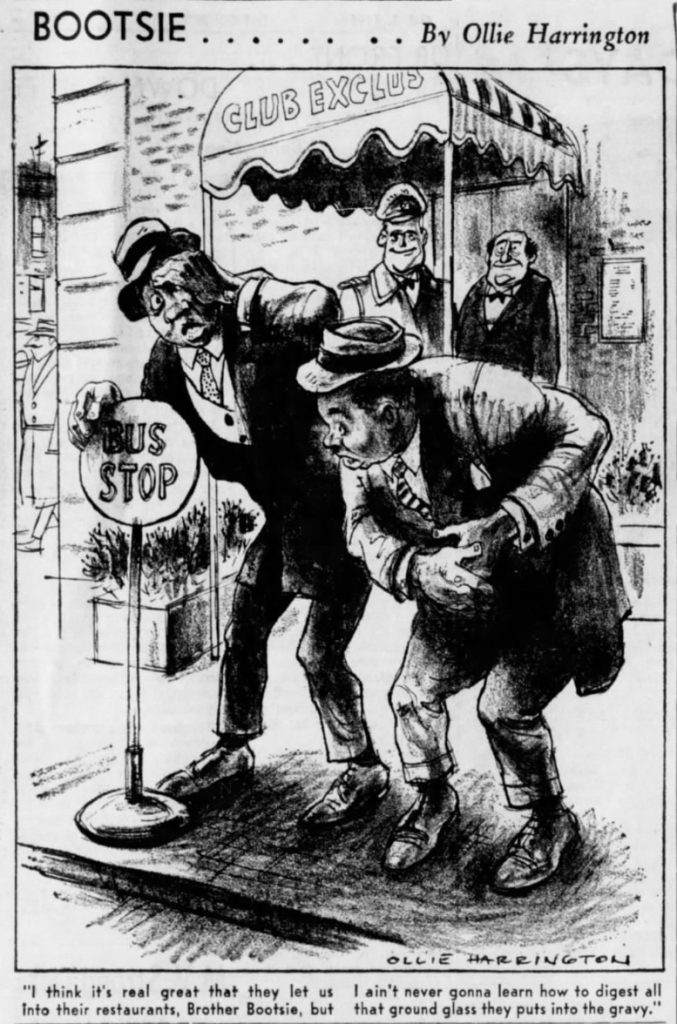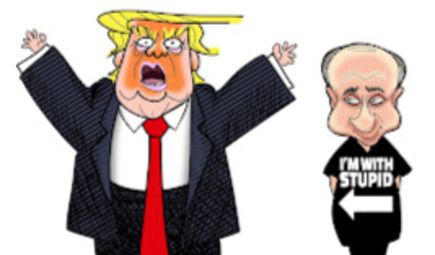Cartoonist Ollie Harrington
Skip to comments
More than half a century before Aaron McGruder’s first introduced The Boondocks as a comic strip (and later television series) and decades before the biting social commentary found in Garry Trudeau’s Doonesbury and Berke Breathed’s Bloom County, cartoonist and essayist Oliver W. Harrington set a standard for Black readers, combining his signature wit with incisive social critiques and observations about Black life in America.


Mark Anthony Neal for Medium profiles Ollie Harrington, “America’s foremost Negro cartoonist.”
Harrington’s first published pieces in 1932 appeared in Black magazines like the New York State Contender and The National News, which was edited by noted Black satirist (and influential Black conservative) George S. Schuyler. A year later Harrington, began his long-term relationship with The Pittsburgh Courier, which along with The Chicago Defender and New York Amsterdam News (which Harrington also published with) were the premiere Black newspapers in the country.

Ultimately Harrington found his most influential “voice” in 1935 when his “Dark Laughter” series first ran in The Amsterdam News. It was in the ‘Dark Laughter” strip that Harrington first introduced the character of Bootsie, a Harlem everyman.



As World War II began to rage, Harrington was hired by the Pittsburgh Courier to provide illustrated stories about the experiences of Black soldiers, including the 332nd Fighter Group — the famed Tuskegee Airman.

Sensing the political shift, Harrington headed to Paris with a generation of Black expatriates…
From aboard Harrington continued to publish his “Bootsie” strips for the Chicago Defender…







Comments
Comments are closed.